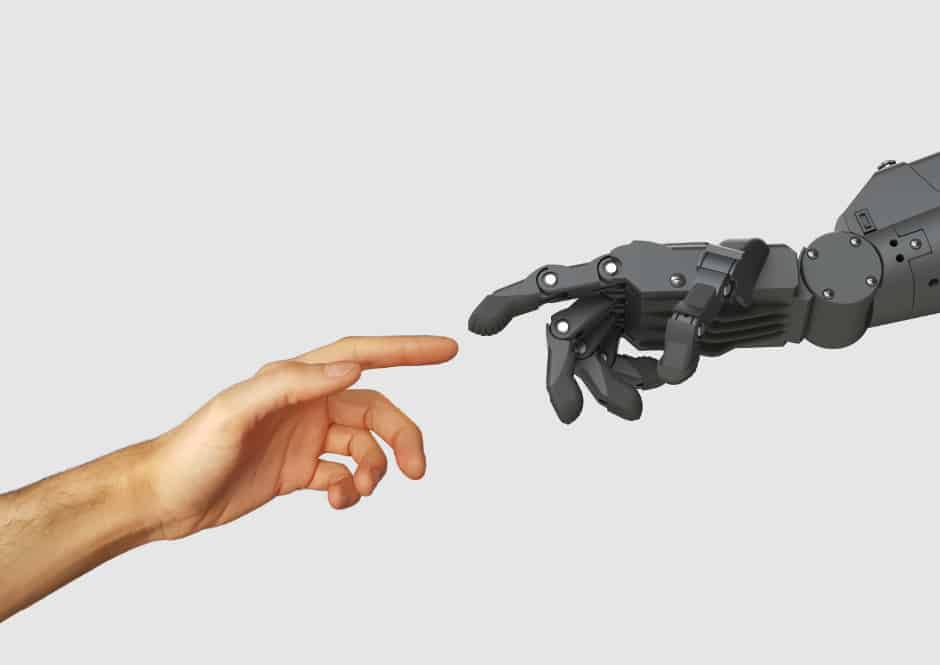
The hand’s joints are all said to be fully poseable with each individual finger and the thumb being able to move and make a fist. The functionality of the hand allows its user to do simple, everyday tasks such as picking up items, eating using a knife and fork, typing and clicking a mouse or opening doors.
The students built the hand for £307 and believe they can reduce costs further. In comparison an advanced robotic prosthetic limb can start at approximately £25,000, going up to £60,000 if bought privately. More affordable robotic hands with just basic multi-grip functionality still start at £3,000.
The design won ‘best new development’ in the Digital Innovation Challenge at the recent Industry 4.0 Summit and Factories of the Future Expo which was held in Manchester.
The hand is the brainchild (and a final year Mechanical Engineering Master’s) of Alex Agboola-Dobson and his team – lead electrical engineer Sebastian Preston-Jensen, lead software engineer Panagiotis Papathanasiou and mechanical and software engineers Maximillian Rimmer and Shao Hian Liew.
According to the NHS, around 6,000 major limb amputations are carried out annually in Britain. Prosthetic Limbs available on the NHS are either purely cosmetic, whilst other more functional ones are plastic-moulded limbs with hooks. This was also another inspiration for the team’s life like design.

Alex said: “Not only do we want to make it affordable, we want people to actually like the look of it and not be ashamed or embarrassed of using or wearing it. Some traditional prosthetics can both look and feel cumbersome or, those that don’t, are extremely expensive. We think our design really can make a difference and we will be looking to commercialise the project in the future.”
The design comes with blue tooth connection and an Android app for a smartphone. The hand is controlled by muscle sensors placed on the wearer’s arm that can be paired to the app, which was also designed by the group.
“The functionality is customised through the phone app, but the muscle sensors provide the control by moving the hand whenever necessary,” said Alex. “It is really simple to use.”
The hand was made using stereolithography (SLA) 3D printing, which uses a high-quality resin plastic for production. The team aims to move to Fused Deposition Modelling (FDM) 3D printing which will make the hand cheaper to produce without compromising any of its quality.




Red Bull makes hydrogen fuel cell play with AVL
Formula 1 is an anachronistic anomaly where its only cutting edge is in engine development. The rules prohibit any real innovation and there would be...